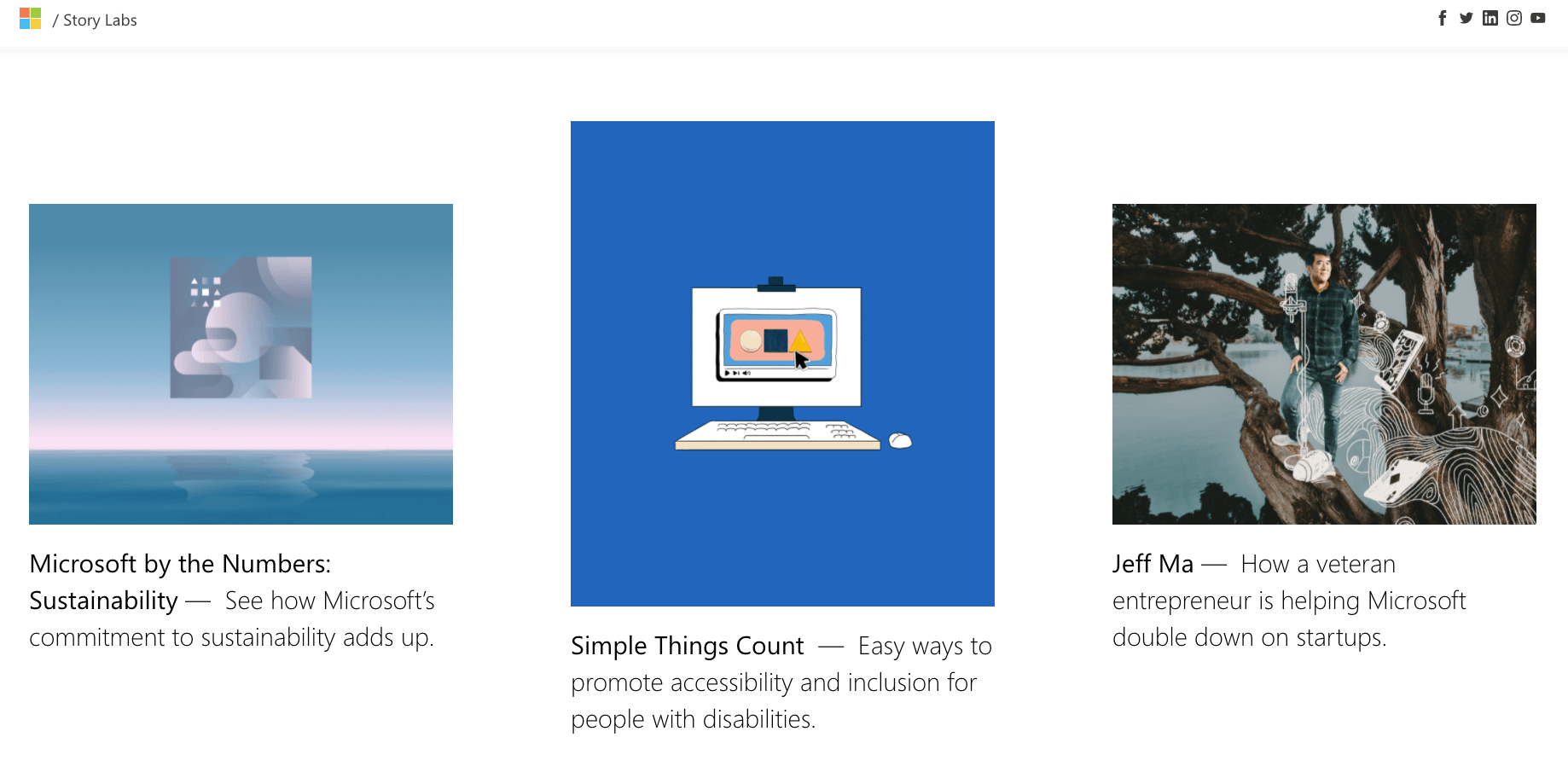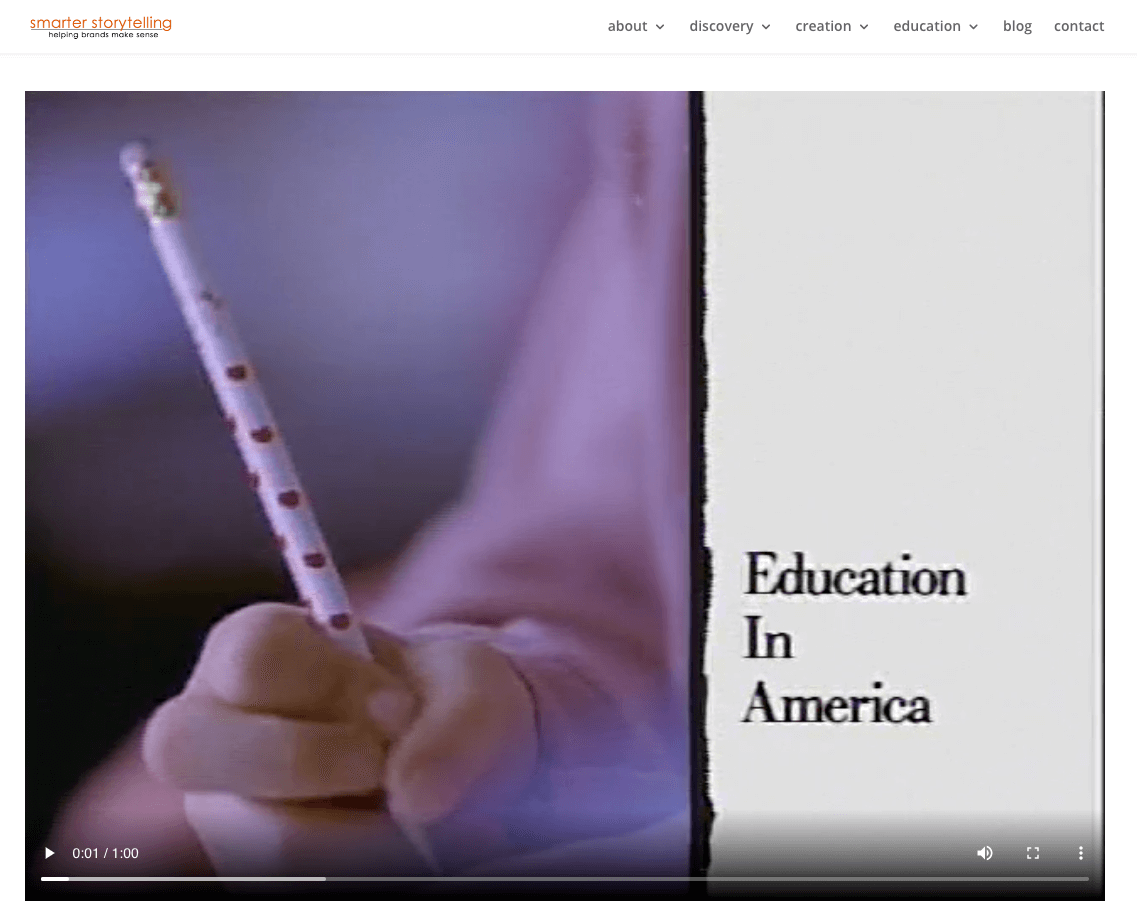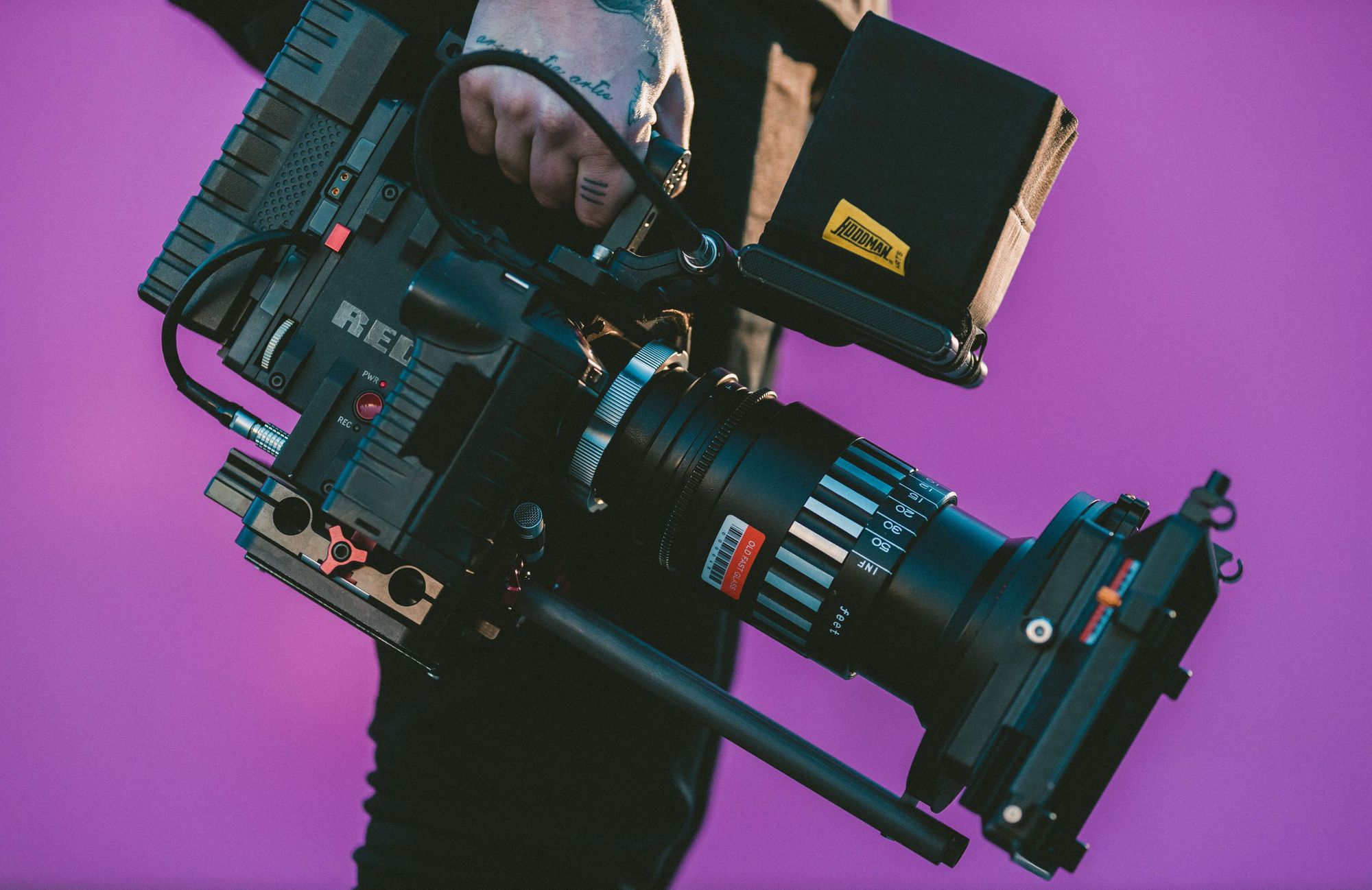No matter who you are, you care about stories.
Storytelling activates the audience’s imagination through a narrative. It has been a huge part of all cultures for centuries. That’s why we talk about brand storytelling: You’re sharing a narrative about the brand’s values, allowing you to connect emotionally with the audience and stand out from your competition. B2B brand storytelling is no different.
Marketers often use storytelling to show a more human side to a corporation, reminding their audience that real people are solving real problems behind the mask of a faceless company.
In this article, we’ll be exploring all things to do with storytelling, and how to apply it appropriately to your B2B brand, including:
Why is brand storytelling important?
B2B brand storytelling is important as it humanizes your organization. Telling a convincing story about the people in your company and how they solve problems, effectively engages your audience and makes your message feel more personal.
This is important when you consider that 50% of B2B buyers are more likely to purchase if they connect emotionally with the company.
So what does B2B brand storytelling look like?
Top examples of B2B brand storytelling
We’ve picked out 5 examples of B2B companies who tell their brand stories well.
Employee spotlight - Microsoft
Microsoft is one of the biggest, most influential corporations in the world, so they have plenty of stories to tell. That’s why they have a whole platform for storytelling that highlights different employees from all departments and their success stories at the company.
By showing its audience the real people behind the big brand name, Microsoft humanizes its brand and makes it feel more relatable. This helps their (vast) audience feel more connected to the individuals that make up the Microsoft team.

Highlighting local businesses - Google Ads
Google Ads shared the stories of local businesses and their success as part of a campaign called “AdWords Stories”. This campaign highlighted small and local businesses and shared the (often heartwarming) stories of how they got to where they are today. This makes the audience feel involved in a special story while also showing off Google’s services.
This video in particular shows the journey of Zingerman’s from a local deli to a $14-million national mail-order business by using Google Ads.
Humanizing the brand - IBM
The best stories are timeless, so while this IBM ad may be over 20 years old, it definitely stands the test of time in terms of brand storytelling. It highlights issues in the American education system and IBM’s efforts to solve some of these problems with its technology in schools across the country.
The problems with America's education system are massive, and long-term, and affect every part of society. The fact that IBM is trying to help is emotive as this problem is significant to their audience, thus, engaging with them and posing IBM as a solution.

Positively impact 1B people - Cisco
From old storytelling to brand new, Cisco recently pledged to positively impact one billion people by 2025. The video highlights many social issues including education, LGBT+ issues, and renewable energy.
Many of these issues will resonate with the audience as important to solve or invest in. And by pledging to impact people instead of another more technical measurement, Cisco humanizes its brand and its goal, making it more relatable to its audience.
Use humor - Gong
Don’t think only the big players can tell engaging brand stories!
Humor goes a long way when telling a story. Gong uses this to their advantage to connect with their audience. As part of the “Reality Blights” campaign, these ads start with everyday situations where people are giving their opinions - then Gong provides notes with facts about the situation. The tone is humorous as the opinions are somewhat exaggerated.
This is relatable to the audience and is linked to Gong’s services - creating a clear story that Gong provides their customers with the truth about their sales approach. Gong was founded in 2015, and they recently just announced a valuation of $7.25 billion, which is a pretty good indication that their humor works!

How to do storytelling in marketing
Creating an engaging brand story for your B2B company is important in making your brand seem more human, and connecting with your audience.
Here are a few commonalities in good B2B brand storytelling:
- Remind the audience of the people behind the brand.
- Let your customers tell their stories.
- Stand up for your brand’s social values.
- Make your audience feel something.
- Humor goes a long way.
There are many different ways to tell your brand story including videos, blog posts, and social media content. Here is a quick overview:
Video content for B2B brand storytelling
Videos are great for storytelling as it gives your audience something to watch (instead of read) and it can easily transport them into your company’s world, by adding extrasensory experiences like audio.
There are many types of videos for B2B brand storytelling. For example, you could make behind-the-scenes content showcasing a day in the life of a few top employees. This would show your audience the people behind your brand.
Another example of video content for brand storytelling is testimonials. This will allow your customers to tell their stories about how your company helped them succeed. Many buyers will find this compelling as it comes from people like them.

Written content for B2B brand storytelling
Blog posts can also be a great way to tell your brand’s story. You could write content about a social issue that your company is looking to help solve and your progress. Or you could let your staff write content about why they believe in the cause. Or maybe both!
Try dedicating a section on your blog to the social issue(s) your company focuses on most. Letting your staff write about this makes it more personal to your audience, and shows what you are doing towards your goals is proof that your company cares.

Social media content for B2B brand storytelling
Social media can be used to show more of your brand’s personality. Try using humorous posts to make your point. It can also be useful to keep up with recent events as you could poke fun at them in your own way.
This will allow your brand to seem relatable to your audience. But don’t try too hard! Often when companies try too hard to seem funny it can seem like they are, well, trying too hard.
Another idea for storytelling on social media is staff takeovers. Usually, these would be on the story feature of your platform and consists of a different employee or department “taking over” every, say week on a certain day.
They'd film or take photos of parts of their day and may even answer a few questions. This helps to highlight the people who make the brand work.
Hopefully, these ideas inspire you to create your own B2B brand story!
Need help telling your brand story? Got some hot tips to share? Or maybe you've seen some examples of great B2B brand stories. Head to the B2B Marketing Alliance Community!



 Follow us on LinkedIn
Follow us on LinkedIn



